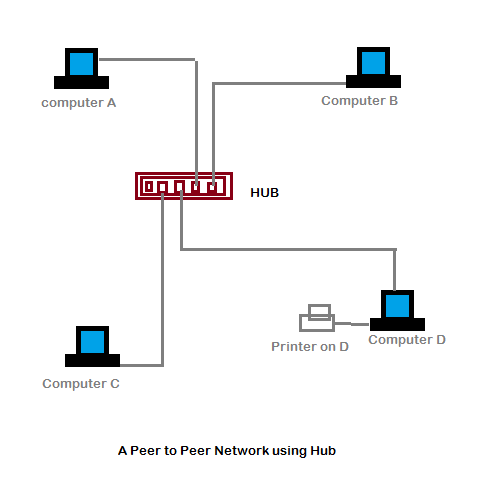
- #What is network file sharing how to
- #What is network file sharing full
- #What is network file sharing windows
In System i Navigator, you can access File Shares in two places:ġ) Expand your connection name | expand Network | expand Servers | select TCP/IP. The supported methods of viewing and working with File Shares and the File Share list are System i Navigator and the GO NETS command line menu. WRKLNK '/QIBM/UserData/OS400/Netserver/QAZLSSHR' then take Option 5 to view. You can see QAZLSSHR by running the following command on the IBM i Command line, but the information there is not totally readable.

This information, for all File Shares, is stored in a single Stream File on the IFS.
#What is network file sharing windows
Specific users will then be prompted with their Windows credentials to access the shared file.First, it is important to know what a File Share is not.Ī File Share is not a directory or a folder on the IBM i IFS (Integrated File System).Ī File Share is simply a bit of configuration information that is stored on the IBM i IFS and that is used by Windows, Linux, etc, when mapping a NetServer network drive to the IBM i IFS. Permission levels can be set with a drop-down menu in the network access window. Select which user you want to share the file with.You will me prompted with the Network Access Wizard.Use File Explorer to locate the file you want to share.This change applies to both files and folders.
#What is network file sharing how to
How to use share permissions to share a fileĪ related change new in Windows 10 is how to share with specific people. The first group you will see is Everyone, which is assigned the lowest-level share permissions Here, you can change the share permissions assigned to users and groups by first clicking on the item you want to modify and then using checkboxes to check which share permissions you want to assign.

The best way to understand how share permissions work is to perform an all-too-common task for organizations that share network resources - that is, to share a network folder using Advanced Settings. How to use share permissions to share a folder
#What is network file sharing full
The “Administrator” security group is assigned Full Control share permissions by default. Users in this group are given the permission to change NTFS folders and files, as well as all permissions that are conveyed by the both share permission levels explored above. This is the highest share permission level that conveys the most permissions to users. This share permission level must be assigned and is not default for users. This includes permission to add (folders, subfolders and files), delete (folders, subfolders and files) and change data contained in files, as well as all permissions granted by the Read permission level. This share permission level conveys the second highest permission level to organization users. By default, all organization users in the “Everybody” group are given Read permissions. This is the most basic share permission level and grants users the ability to view folder/subfolder names, read file data and run programs contained in the folder. Below is a summary of what these share permission levels convey to bother users and security groups. Windows 10 uses three different share permission levels - Read, Change and Full Control. What are the different share permission levels? Security groups are created in Active Directory and make management of large groups of users easy. Share permissions also apply to security groups alike. Simply put, share permissions apply to potentially all users in an organization. Please note that by default, all organization active directory users are in the user group “Everybody.” Who do share permissions apply to?

Each share permission can be configured to control access to shared resources by setting them to either “allow” or “deny” access. Share permissions allow you to specify how many users can access the share and can be used with FAT, FAT32 and NTFS file systems. Windows 10 users now can granularly share files on their system (in part due to network discovery) with specified users. These share permissions apply to the contents of a shared folder, meaning that you cannot granularly control file access in a share. Share permissions manage folder and drive access over an organization network.


 0 kommentar(er)
0 kommentar(er)
